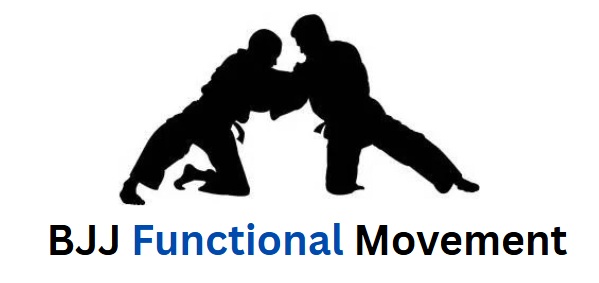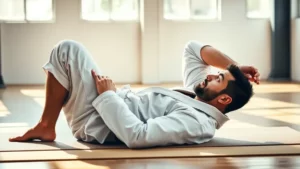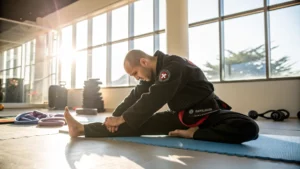Brazilian Jiu-Jitsu (BJJ) is a physically demanding martial art that emphasizes leverage, technique, and control. While it’s celebrated for its effectiveness and accessibility, injuries are an unfortunate reality for many practitioners. Surprisingly, a significant portion of these injuries are self-inflicted, stemming not from an opponent’s actions but from the practitioner’s own misalignment during techniques or movements. This article explores how improper alignment contributes to the majority of BJJ injuries, why it happens, and how practitioners can mitigate the risk.
The Role of Alignment in BJJ
Alignment in BJJ refers to the proper positioning and coordination of the body’s joints, muscles, and skeletal structure during techniques, transitions, or defensive movements. When a practitioner is aligned, their body moves efficiently, distributing force evenly and reducing strain on vulnerable areas like joints, tendons, and ligaments. Misalignment, on the other hand, occurs when the body is out of sync—whether due to poor posture, rushed movements, or a lack of awareness—leading to undue stress on specific areas.
In BJJ, techniques such as armbars, sweeps, or even basic posture maintenance require precise positioning. For example, when escaping a mount, a practitioner must align their hips, shoulders, and spine to create leverage without twisting their body unnaturally. Failure to do so can result in strains, sprains, or more severe injuries like herniated discs or torn ligaments.
Why Misalignment Leads to Self-Inflicted Injuries
The majority of BJJ injuries—ranging from minor tweaks to debilitating tears—are self-inflicted because practitioners often prioritize speed, strength, or submission over proper form. Here are the key reasons misalignment becomes a culprit:
1. Rushing Techniques Without Preparation
Many practitioners, especially beginners, attempt techniques without setting up their body correctly. For instance, when applying a triangle choke, a practitioner may focus on locking their legs but neglect to align their hips or stabilize their core. This can lead to awkward twisting or overextension, straining the lower back or knees. Rushing to “catch” a submission often bypasses the critical setup phase, where alignment is established.
2. Ego-Driven Training
The competitive nature of BJJ can push practitioners to overexert themselves, especially when sparring against a more skilled or heavier opponent. Refusing to tap or forcing a move (like muscling through a guard pass) without proper alignment places excessive stress on joints and muscles. For example, attempting a berimbolo spin without aligning the spine and hips can result in a tweaked back or neck.
3. Fatigue and Loss of Focus
As fatigue sets in during a long training session, maintaining alignment becomes harder. Tired practitioners may slouch, drop their posture, or move sloppily, increasing the risk of injury. A fatigued armbar escape, for instance, might involve twisting the elbow unnaturally rather than methodically aligning the arm and torso to break the grip.
4. Lack of Body Awareness
Beginners, and even some intermediate practitioners, often lack the proprioception (body awareness) needed to maintain alignment. Without understanding how their body moves in space, they may inadvertently place joints in compromised positions. For example, failing to tuck the chin during a takedown defense can lead to neck strains or concussions.
5. Ignoring Minor Misalignments
Small misalignments, like slightly rounded shoulders or an off-center base, may not cause immediate pain but can accumulate stress over time. Repetitive misaligned movements, such as posting improperly during a roll, can lead to chronic issues like tendonitis or labral tears in the shoulder.
Common Self-Inflicted Injuries Due to Misalignment
Misalignment manifests in various injuries, many of which are preventable with proper technique. Some of the most common include:
• Lower Back Strains: Caused by twisting or overarching the spine during sweeps, bridges, or guard retention without aligning the hips and core.
• Knee Injuries: Result from misaligned leg positioning during submissions like heel hooks or when pivoting without proper foot placement.
• Shoulder Injuries: Stem from overextending or twisting the shoulder joint during armbar escapes or when posting incorrectly.
• Neck Strains: Occur when practitioners fail to tuck their chin or align their spine during takedowns or choke defenses.
• Elbow Hyperextension: Happens when escaping joint locks without aligning the arm to safely distribute force


